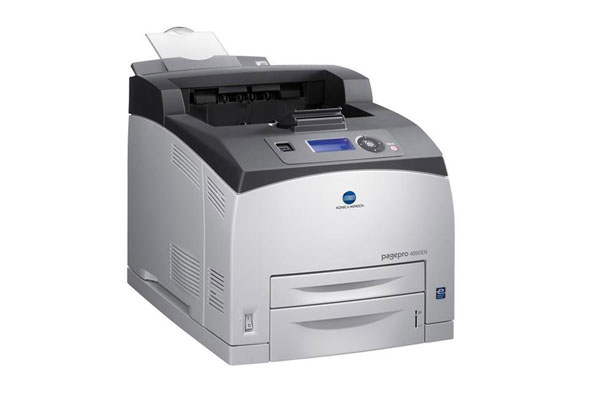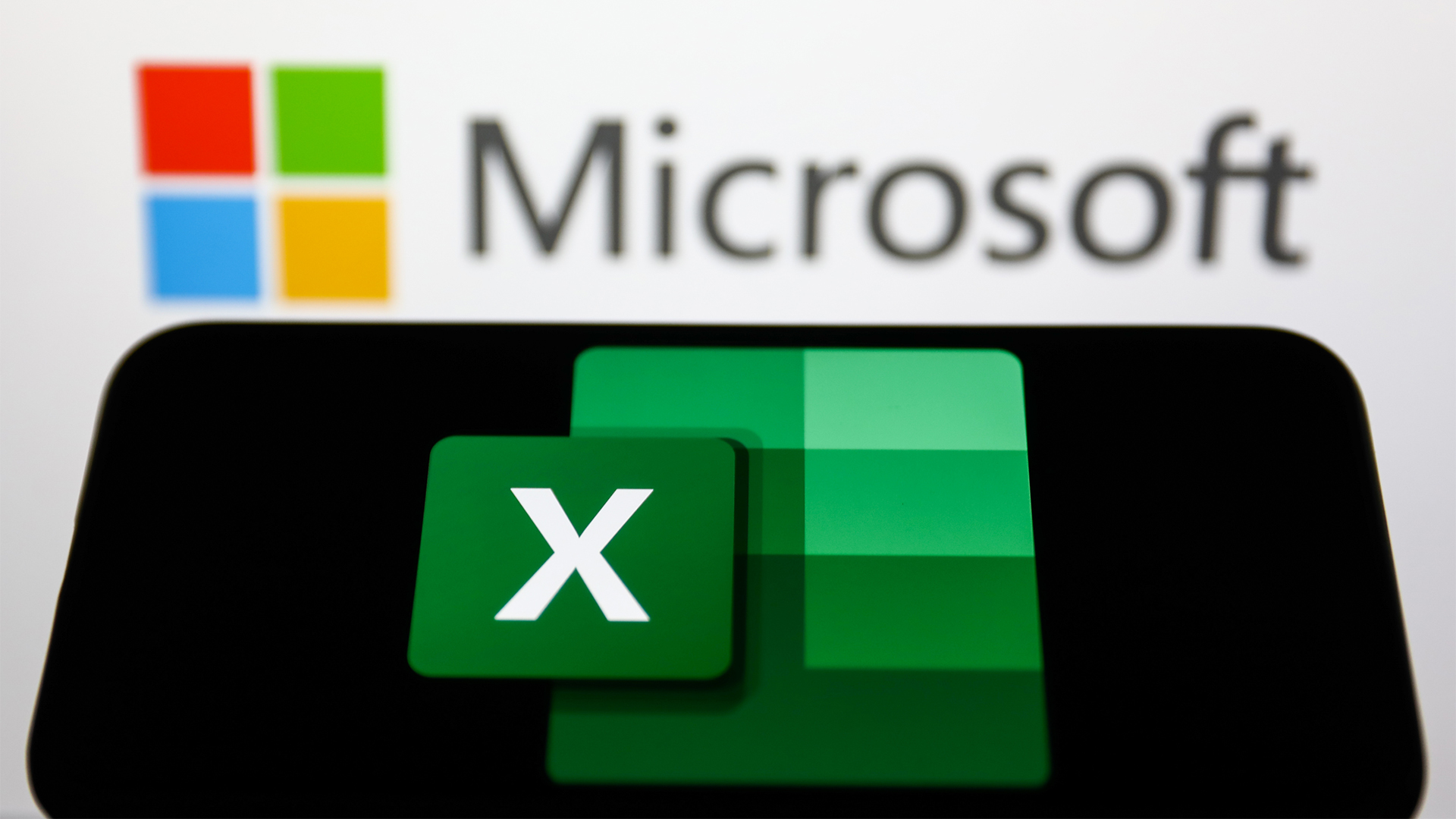Konica Minolta PagePro 4650EN
Konica Minolta PagePro 4650EN

A robust, workgroup laser printer, with twin paper trays and multiple connections as standard, but no duplexer or direct print - both are options. Print speed isn't up to manufacturer's claims but print quality is good and maintenance is straightforward.
Software consists of Konica Minolta's PageScope suite, which includes net control, peer-to-peer printing, direct print and a status monitor, as well as drivers for both PCL 6 and PostScript Level 3. The drivers support separate cover and separator pages, as well as the usual array of page imposition, overlays and watermarks.
The printer is claimed to deliver pages at 'up to 34ppm', though we failed to get more than 17ppm from the machine. It's quite typical for normal print speeds to be around half the rated values - as nearly all printer manufacturers quote draft speeds to get higher numbers - but even when we switched to economy mode, Konica Minolta's draft equivalent, we still only saw around 19ppm. It's hard to believe you'll get anywhere near 34ppm in normal office use.
Printing a photographic image did produce a first page out in around 10 seconds, which is very close to the rated first-page-out time. The image was well reproduced for a mono laser, with only slight banding in background areas of the photo - nothing unacceptable. General image detail was good at the printer's higher 1,200dpi resolution; it defaults to 600dpi for day-to-day output.
Using the machine to print text and business graphics produced high-quality pages with crisp, dark characters, even at small point sizes and well-engineered greyscale tints. Print quality is certainly well up to typical, internal departmental standards and would be fine for customer reports or documentation, as well.
TCO figures should be low; as already explained, the combined drum and toner cartridges last for either 10,000 pages or 18,000 pages, depending on rating. The only other part is a 140 maintenance kit, which is needed every 200,000 prints. For many companies, this will lie outside the service life of the printer.
At web prices, the 18,000-page cartridge costs around 135, giving a cost per page of 0.81p, plus paper. This is a good figure, in comparison with many of the PagePro's competitors.
Overall, the PagePro 4650EN is a very serviceable workgroup laser, but with a few rough edges and a couple of missing components, in comparison with rival models it's up against. HP's LaserJet P3005x, for example, includes a duplexer and three paper trays, at a very similar price to the PagePro and Lexmark's E450dn has a similar spec, but with duplex print and a 100 lower price tag.
Sign up today and you will receive a free copy of our Future Focus 2025 report - the leading guidance on AI, cybersecurity and other IT challenges as per 700+ senior executives
Verdict
A robust, workgroup laser printer, with twin paper trays and multiple connections as standard, but no duplexer or direct print - both are options. Print speed isn't up to manufacturer's claims but print quality is good and maintenance is straightforward.
1,200dpi, 34ppm A4 printer 550 + 150-sheet paper trays 150,000 page monthly duty cycle Direct print USB socket USB 2.0, Gigabit Ethernet and parallel ports PageScope utilities, PCL6 and PostScript L3 drivers
-
 Trump's AI executive order could leave US in a 'regulatory vacuum'
Trump's AI executive order could leave US in a 'regulatory vacuum'News Citing a "patchwork of 50 different regulatory regimes" and "ideological bias", President Trump wants rules to be set at a federal level
By Emma Woollacott Published
-
 Microsoft Excel is still alive and kicking at 40 – and it's surging in popularity as 82% of finance professionals report ‘emotional attachment’ to the spreadsheet software
Microsoft Excel is still alive and kicking at 40 – and it's surging in popularity as 82% of finance professionals report ‘emotional attachment’ to the spreadsheet softwareNews A recent survey found Gen Z and Millennial finance professionals have a strong “emotional attachment” to Microsoft Excel
By Emma Woollacott Published
-
 LastPass hit with ICO fine after 2022 data breach exposed 1.6 million users – here’s how the incident unfolded
LastPass hit with ICO fine after 2022 data breach exposed 1.6 million users – here’s how the incident unfoldedNews The impact of the LastPass breach was felt by customers as late as December 2024
By Emma Woollacott Published